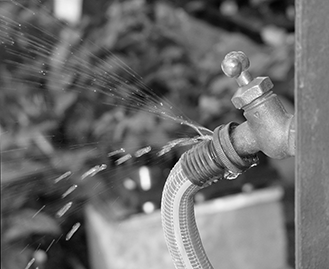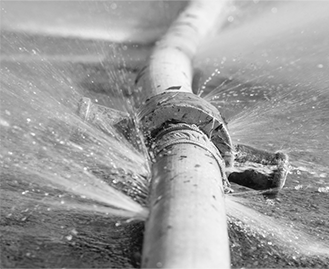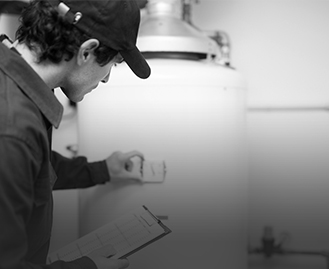What Makes Strata Plumbing So Specifically Essential
Pipe relining is rapidly becoming a go-to solution for clogged and damaged pipelines. This is primarily because, in comparison to more conventional and well-known ways, the technologies utilized to repair pipes and drains are both successful and economical.
Sometimes called "trenchless pipe repair," this method avoids the need for extensive digging or trenches to gain access to pipes for maintenance or replacement. Read on to learn why pipe relining is such an essential repair method in the present era.
Explanation of Why Relining Pipes Is Crucial
In the first place, you need to figure out what exactly is wrong with the broken pipe. The usage of a closed-circuit television camera does this. Without causing any disruption to the existing infrastructure, this camera can determine what needs to be done. If the results of the CCTV inspection are unfavourable, the next step will be to determine if the pipes can be repaired by relining or if they need to be replaced entirely.
Pipes that are in good enough shape to be relined are first subjected to hydro-jet cleaning. To remove oils and grime from the pipe, a hydro-jet shoots water at extremely high pressure. This must be done first to guarantee a solid bond between the resin and the pipe. If this isn't done, the bond won't hold and the newly created pipe will have an uneven interior.Assembling the lining materials follows the pipe's thorough cleaning. Choosing the strata plumbing Cranbourne service is perfect here.
The steps involved are as follows:
The first thing that happens is a liner is inserted into a calibration tube. In preparation for curation, it forces the lining outward. Typically, polyester or fibreglass is used to construct this tube.
Second, wet it down. The epoxy resin is a two-component material. An inversion trailer is used to compress the liner. Doing so guarantees that the resin penetrates the liner and reaches every fibre. After that is done, the liner is placed in cold storage. To avoid it hardening before it can be inserted into a pipe, do this.
The third stage is the lining
The inversion tank has the liner loaded into it. Epoxy is poured into the pipe via an opening. The resin is allowed to harden, or cure. "Cured-in-place" is a term that is used to describe the relining procedure. The resin is put before it is hardened, hence the name. Instead of being curled before being fastened, it is placed and allowed to air-dry or somewhat sped up with hot water and steam. The curing process is finalized with the aid of ultraviolet (UV) radiation.
In the fifth and final stage, the new pipe is formed by curing and hardening the resin. After the resin has been injected into the pipe, it is opened up at several locations along its length using a robotic cutter. Choosing the best options in pipe relining Cranbourne service is here.
Verifications and final steps
The pipe is examined to verify sure the resin has adhered properly and that the new resin body is smooth and free of wrinkles or air bubbles.
When relining a pipe, how long will it last?
This trenchless technique, like many others, varies from service provider to service provider. It lasts long and typically has a reasonable installation guarantee of 10 years. According to the website of Total Pipe Relining in Sydney, New South Wales, Australia, Josh Boesel reports that some businesses provide guarantees of up to 50 years for their work. Obviously, this is the better choice, since it will buy you a lot of times before you need to worry about fixing that section again.






Comments
Post a Comment